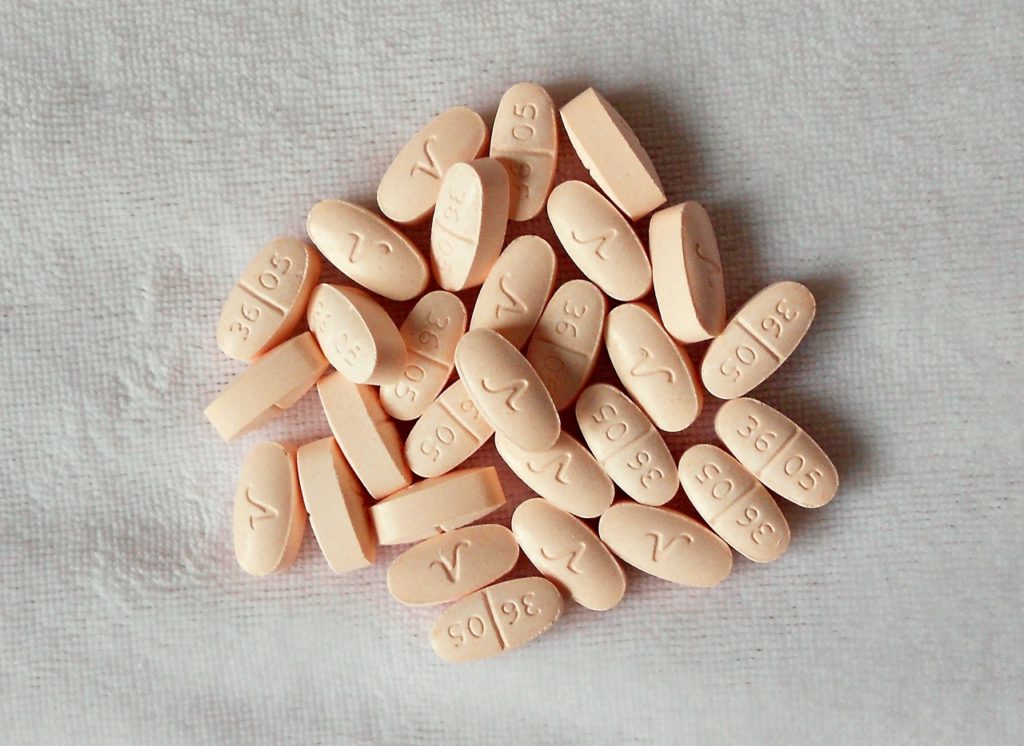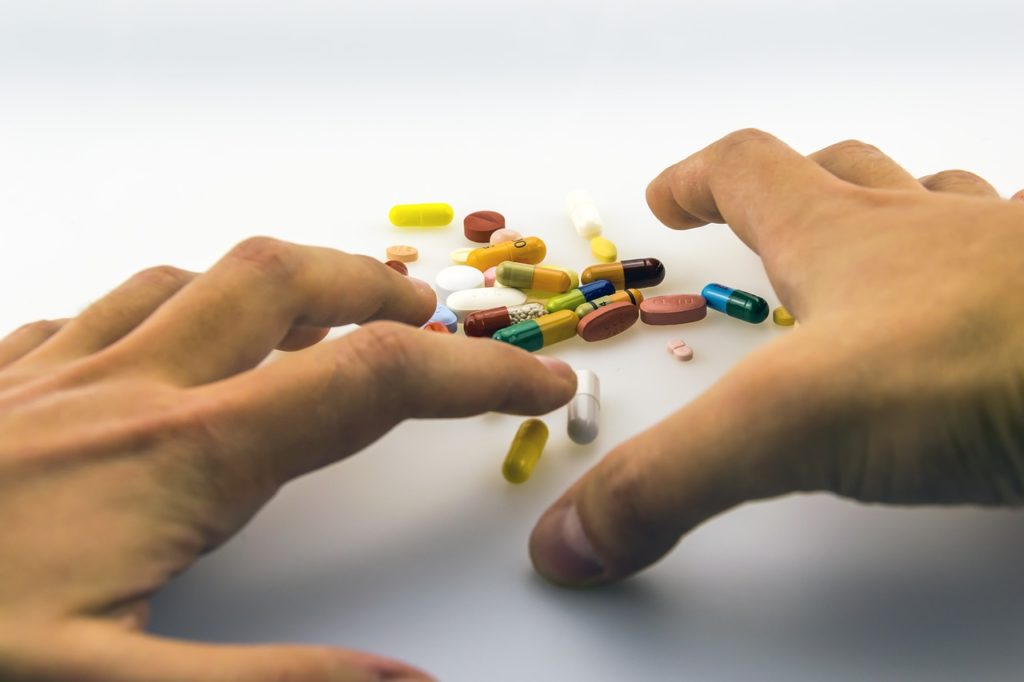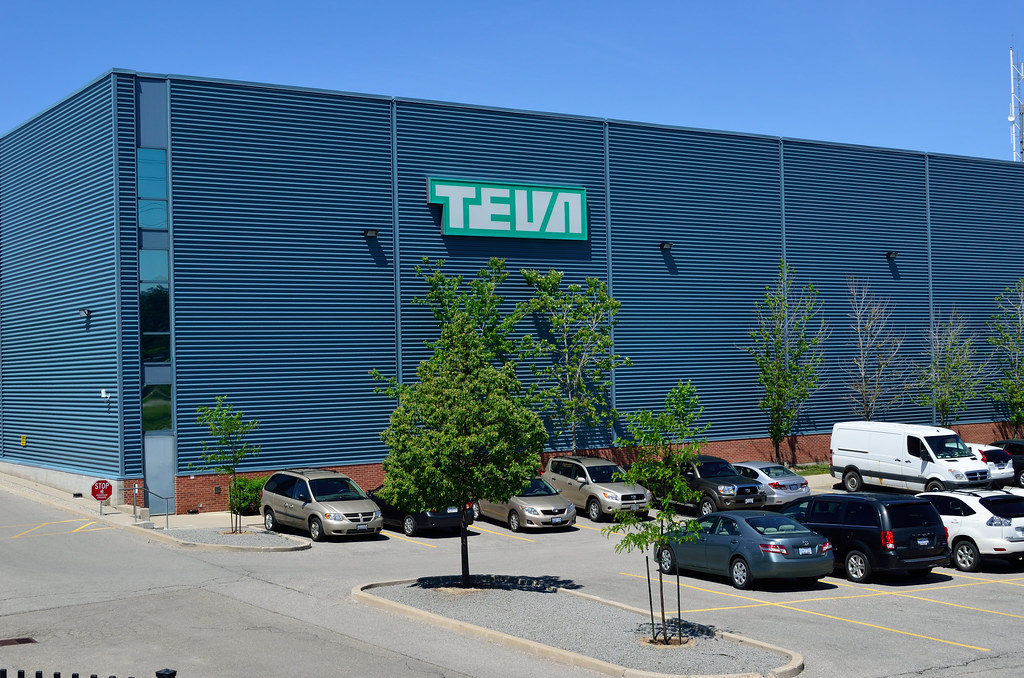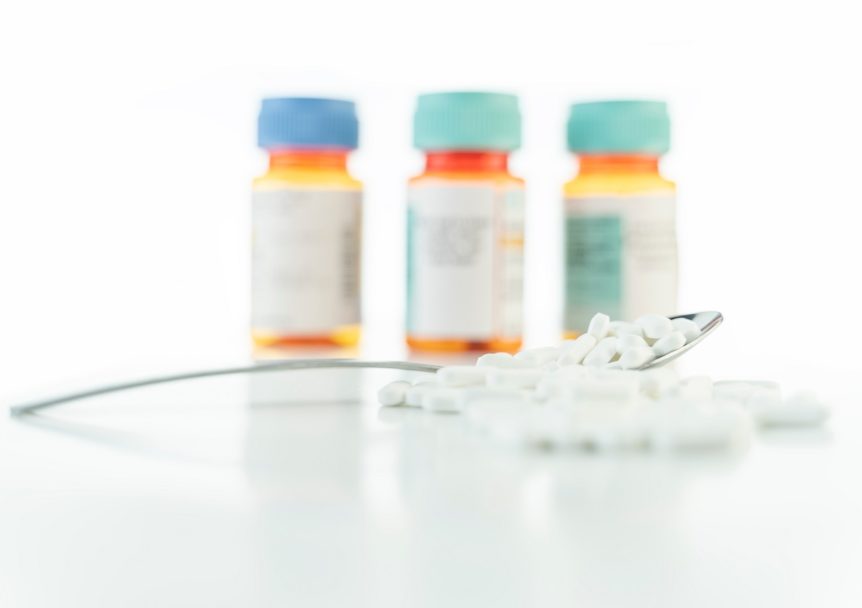In 2017 alone, opioid overdoses accounted for approximately 47,600 of reported deaths in the US. This accounts for 67.8% of drug overdose deaths. Manufacturers of opioid drugs have largely been accused by various state governments for contributing to the opioid crisis in the country, citing that the drugs and their subsequent effects are a public nuisance and are taking up a large portion of state resources to manage the situation.
According to data from the Centers for Disease Control, opioid use disorder currently costs the American taxpayer $78.5 billion a year. States and individuals as well are now taking these companies to task by holding them accountable for the role they play in contributing to the menace.
The proposed legal settlements slapped on big pharmaceuticals are aimed at holding these companies liable to put an end to the opioid addiction epidemic that currently plagues the nation. This article explores the opioid lawsuit and where it is today.
What Are Opioids?
“Opioids” is a collective term that refers to a class of drugs that include heroin – which is illegal, synthetic opioids like fentanyl and analgesics like hydrocodone, oxycodone, morphine, codeine, methadone, buprenorphine, etc. Synthetic opiates and analgesics are available legally by prescription and are often given to patients for pain management purposes.

For the most part, Big Pharma markets the drugs as “safe for long term use in chronic pain management”. However, if the current addiction crisis that’s threatening to cripple the population is anything to go by, using these drugs for extended periods is anything but safe.
Opioid Addiction
Opiates are highly addictive and cause major health, social, and economic issues in the long run. The addiction is characterized by a strong compulsive urge to keep using opioids even when an individual is no longer medically required to continue taking them. These drugs alter the brain’s chemistry, which increases the body’s tolerance to the drug over time.
People who use the drug find that they require more of it to achieve the same pain-relieving effects. This eventually produces dependence and eventual addiction. Opioid dependence and addiction mean different things.
Everyone who takes opioids for an extended period develops a dependence on the drug, but not everyone develops an addiction – although this is rarely the case.

Dependence is characterized by increased tolerance and withdrawal when a person stops using the drug. Addiction, or substance use disorder as it is also called, is characterized by a marked change in behavior brought on by the alteration of an individual’s brain chemistry that induces a powerful compulsive need for the drug. This compulsion often drives people with addiction, to act irrationally when they don’t have opiates in their system.
The Opioid Crisis
Experts report that an estimated 10.3 million Americans above the age of 12 years abused opioids in 2018. Pain reliever misusers made up for a whopping 9.9 million of that figure, while heroin users accounted for 808,000. The International Narcotics Control Board cites the US as the country with the largest number of hydrocodone users making up for approximately 99.2% of the global hydrocodone consumption.
The crisis has had devastating consequences on the population and the country’s resources. Neonatal abstinence syndrome (NAS) incidence is also on the rise, resulting from in-utero exposure of opioids. These are a few of the reasons that led to the declaration of an opioid crisis in the country.
A new opioid law dubbed opioid crisis response Act of 2018 is expected to tame the opioid epidemic by boosting access to addiction treatment as well as a myriad of other breakthrough interventions designed to mitigate the crisis. Some of these include:
- Reauthorizing funding from the Cures Act which approved $500 million each year to go towards eradicating the opioid crisis
- Creating an opioid recovery center grant program to serve individual communities’ treatment and recovery needs
- Approving another grant program that helps healthcare professionals get waivers so that they can prescribe medication that is effective in the treatment of opioid addiction
- Expanding the existing funding program to allow more first responders like law enforcement and firefighters to carry and use naloxone – a drug used to reverse opioid overdoses
- Empowering federal agencies to extensive research projects that are related to pain and addiction
- Promoting new initiatives that educate as well as raise awareness on appropriate pain management techniques
- Increasing penalties for opioid manufacturers and distributors who are found guilty of overprescribing these drugs
Opioid Lawsuit News: Where Is the Case Today
In 2007, the federal government came down hard on three Purdue Pharma executives for what it cited as misbranding of its OxyContin pill as “safer and less addictive” than other opioid painkillers. The three individuals were collectively fined $634 million for their extensive marketing campaign that urged medical practitioners to prescribe the drug stating that if addiction did occur, it was very rare.
This, however, was far from the truth. They offered their sales employees fat bonuses to boost opioid sales and even had contests for their top sales reps. It was an all-out strategic push to get unsuspecting patients hooked on their drugs. They had well-respected industry professionals advocate for their pain management drugs on TV talk shows, gala dinners, and medical conferences.
Since then, a floodgate of lawsuits against many drug makers who have been known to pay doctors and use celebrities in their marketing campaigns to promote aggressive pain treatment have been filed. This is in a bid to hold them liable for the role they’ve played in the opiate epidemic.
National Prescription Opiate Multidistrict Litigation
Multidistrict litigation (MDL) is the process through which several related cases from across the country, against the same defendant, are consolidated in a single case and transferred to one court. One judge presides over the litigation during the discovery and pre-trial phases. If the parties involved fail to resolve the case through a settlement during MDL or it is dismissed, it gets sent back to the original court for trial.
In December of 2017, the Judicial Panel on MDL ordered that the then 200 opioid MDL plaintiffs who comprised consumers, individuals, medical facilities, Third-Party Payors, Native American tribes, counties, cities, and states, to consolidate into MDL under Judge Dan Aaron Polster in the District Court for the Northern District of Ohio. That number has since grown to more than 3,000 suits and is now referred to as the National Prescription Opiate Litigation.
According to court documents, the plaintiffs allege that the drug manufacturers misrepresented the adverse effects of the long-term use of opioids has on people dealing with chronic pain. They also allege the distributors failed to authenticate suspicious orders on prescription opiates before delivery.
The plaintiffs lay the blame of the current opioid crisis squarely on the shoulders of the manufacturers and distributors. Here’s a snapshot of some of the major defendants in the suit.
Purdue Pharma Lawsuit
Purdue Pharma is currently in talks to pay more than $10 billion in an estimated 3,000 suits. These comprise federal, state, county, municipality, Native American, and others spread across 23 states who all filed opioid lawsuit claims against the OxyContin manufacturer.
While the exact details of the settlement are still to be ironed out, the settlement agreement, in principle, indicates that the Sackler Family would be required to relinquish their control of Purdue Pharma. They would also have to pay a minimum of $3 billion in cash of its own money spread over several years as part of the deal.
The company has since filed for Chapter 11 bankruptcy, and part of the restructuring plan includes divesting itself from its pharmaceutical holdings across the globe. This is to prevent a repeat case of an opioid epidemic breaking out in other parts of the world.
Teva Opioid Lawsuit
In June 2019, an Oklahoma judge approved an $85 million settlement filed by the state against the world’s largest generic drugmaker Teva. The agreement was reached just days before the giant pharmaceutical was set to face trial.

In the deal, the company agreed to be paying $20 million in cash and contribute $25 million worth of Suboxone – a drug used in the treatment of opiate addiction. This was to be done over 18 months.
The company has now set aside $1.2 billion for global legal settlements related to the US opioid epidemic. Teva also agreed to provide $23 billion worth of addiction treatment medication that would be used over 10 years in the rehabilitation of affected individuals.
Teva has been accused of overstating the benefits of their opioid drugs while grossly understating its risks. It has, however, denied its role in the crisis, arguing that its products all have US FDA-approved labeled that warn users of potential risks.
Johnson and Johnson Opioid Lawsuit
In the historic first-of-its-kind trial of Johnson and Johnson vs. the State of Oklahoma, County District Judge Thad Balkman ruled that the pharmaceutical company would pay $465 million for their role in the addiction crisis that has ravaged the state and the nation at large.

In his ruling, Balkman stated that the epidemic has become a public nuisance and that the defendants have consistently engaged in false and misleading marketing campaigns of their opioid products.
The initial judgment that was delivered in August 2019 ordered the defendants to pay $572 million. However, the amount was later revised to $465 million following a math error on the judge’s part. In his earlier ruling, he had indicated that $107.6 million was to be set aside for neonatal abstinence syndrome support programs, which he later indicated was supposed to be $107,600.
The overall settlement amount was a far cry from the initial $17 billion the state attorneys had initially asked for. The national suit still rages on.
AmerisourceBergen, Cardinal Health and McKesson Opioid Lawsuit
The country’s three largest drug distributors AmerisourceBergen, Cardinal Health, and McKesson, may not be as famous as some of the other corporate players implicated in the country’s opioid epidemic. But, they are bigger and richer than drug manufacturers.

The three, who are among the top 20 companies in the US in terms of revenue, were facing several lawsuits which pointed to the fact that they routinely played cat and mouse games with regulators, and even went as far as helping pharmacies and manufacturers find ways to get round order limits on opioid painkillers.

Texas, North Carolina, Pennsylvania, and Tennessee are leading the settlement discussions for the states alongside lawyers representing thousands of counties and cities which have cases in federal court. Some of the details of the global deal were as follows:
- $20 billion to $25 billion in cash to be paid out to the affected localities and states. This was to help pay for law enforcement, healthcare, and other costs associated with the opioid crisis.
- Another $25 billion to $30 billion to go towards addiction treatment supplies, drugs, and associated delivery services.
The Settlement with Ohio Counties
In a last-minute turn of events, however, the three companies, who have a combined distribution market share of an estimated 90% of all US prescription drugs, agreed to collectively pay $215 million upfront after they struck a deal with two Ohio counties. This was in an attempt to avert a federal trial over the addiction epidemic.
They were unable to agree on a global settlement amount that would effectively put an end to all the opiate litigation against them. As it currently stands, talks aimed at reaching an estimated $48 billion global settlement against the same opioid lawsuit defendants collapsed, which will see the cases proceed to trial if an agreement isn’t reached.
The Legal Battle Rages On
The attorneys representing the plaintiffs in the National Prescription Opiate Litigation have maintained their aggressive stance that they will not accept any amount of money that is less than what would be required to make a substantive and meaningful difference in the war against the opiates.
While some states like Ohio agreed on a settlement, the pending 3,000 lawsuits are slated to proceed to trial if the defendants don’t agree to a settlement before then. Until that time, the national lawsuit rolls on.
If you have more legal questions, you can also chat online with a Laws101.com attorney, where you’ll be instantly connected to a lawyer who can give you legal guidance on your specific case or question.
